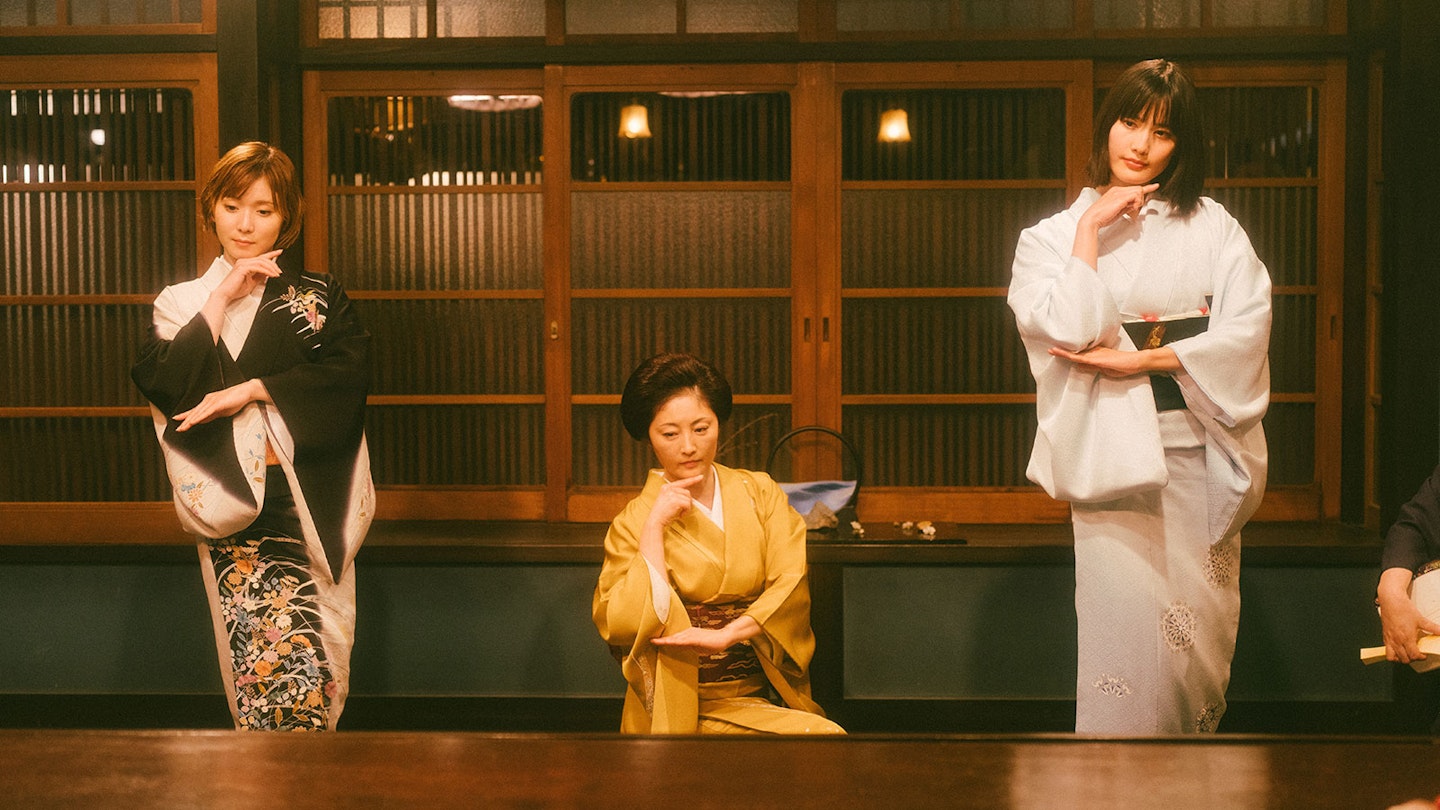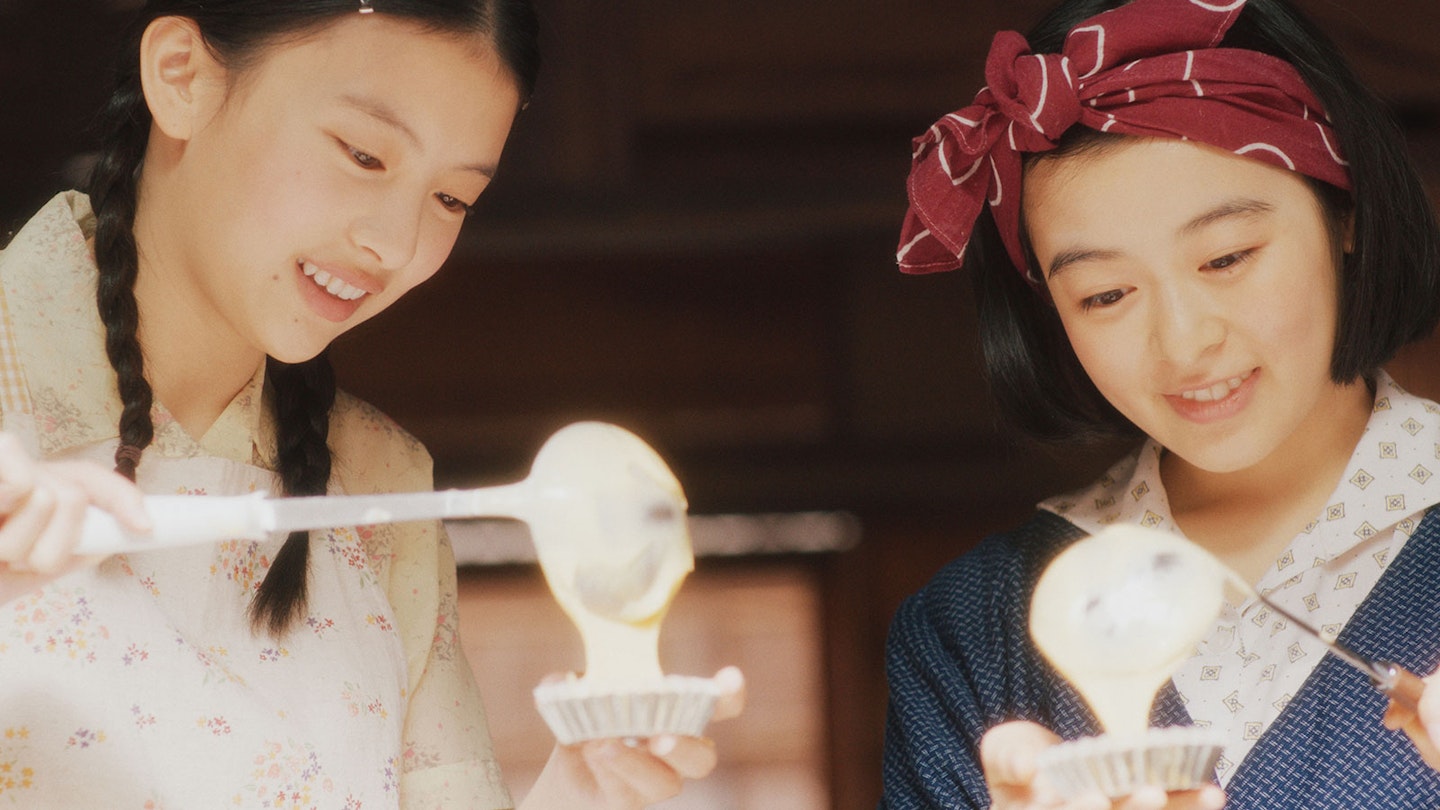If the intensity of recent television (The Traitors, Happy Valley, The Last Of Us) has left you frazzled, The Makanai: Cooking For The Maiko House is the perfect balm for fraying nerves. Flying so low under the radar it might as well have been piloted by Pete “Maverick” Mitchell, showrunner Hirokazu Kore-eda’s nine-parter —based on Aiko Koyama’s manga series — shares many of the hallmarks of the filmmaker’s cinematic universe: tenderness, compassion and enchantment in the everyday. It lacks the emotional heft of his best work (Like Father, Like Son, Shoplifters) but it’s still a lovely way to spend just over 400 minutes.

In essence, The Makanai: Cooking For The Maiko House is memoirs of a teenage geisha, spanning a year in the life of the Saku geiko house in the Gion district of Kyoto. After having their photo taken with geiko on a school trip, 16-year-old ride or dies Kiyo (Mori) and Sumire (Deguchi) aspire to become maiko (trainee geiko), wearing the traditional face paint and ornate hairstyles, donning the elaborate garb and learning the art of traditional dance and flower arranging. Sumire is accepted but Kiyo is rejected, finding her real _metier_in the kitchen, cooking for the rest of the house. In any other show, the differing fortunes of the friends would be a flashpoint of conflict, a way to amp up the sizzle. But in Kore-eda’s generous worldview, if anything, Sumire and Kiyo become even more supportive of each other — Kiyo’s disappointment turns to wonder at cooking for Sumire, who turns out to be the Harry Kane of geiko.
This is a world with no villains and it’s a treat to spend time in it.
Compared to most dramas, the dramatic stakes are low — episode two revolves around a missing pudding, episode seven is built on a loss of appetite — but slowly and surely The Makanai reels you in and you get caught up in the lives and (mostly unrequited) loves of these women. Orbiting the central pair are a clutch of engaging characters; Yoshino (Mayu Matsuoka), a geiko who left the house and is trying to inveigle her way back in; Ryoko (Aju Makita), the non-maiko daughter of one of the den mothers, is a terrifically moody teen and Momoko (Ai Hashimoto), a zombie-obsessed geiko who stages a wonderful homespun performance of Romero’s Night Of The Living Dead for the local Obake (carnival). This is a world with no villains and it’s a treat to spend time in it.
The Makanai… does little to explain the customs and traditions on display. Instead, it spends time on the minutiae of everyday life (there’s a LOT of shopping), the tiny dramas and the private moments other series leave on the cutting room floor. It’s a show so obsessed with the rituals of food preparation you expect Paulie to turn up razor-blading garlic, Kore-eda’s team shooting Japanese delicacies — each title sequence showcases a dish key to the episode — with the care and attention Tarantino lavishes on feet. Stylistically, it’s quiet, intimate and light, emotionally charged by Yoko Kanno’s wistful and whimsical score — the end credit earworm is as delicious as Kiyo’s tomato curry looks.
But at the heart of show is a celebration of friendship in general and the joys, kindness and warmth of female friendship in particular. Kiyo and Sumire are the dictionary definition of relationship goals, and make for delightful company. Mori, in particular is a revelation, giving Kiyo a cheerful disposition that is authentic and infectious. For all the sunlight bathing the Kyoto streets, she shines the brightest.
